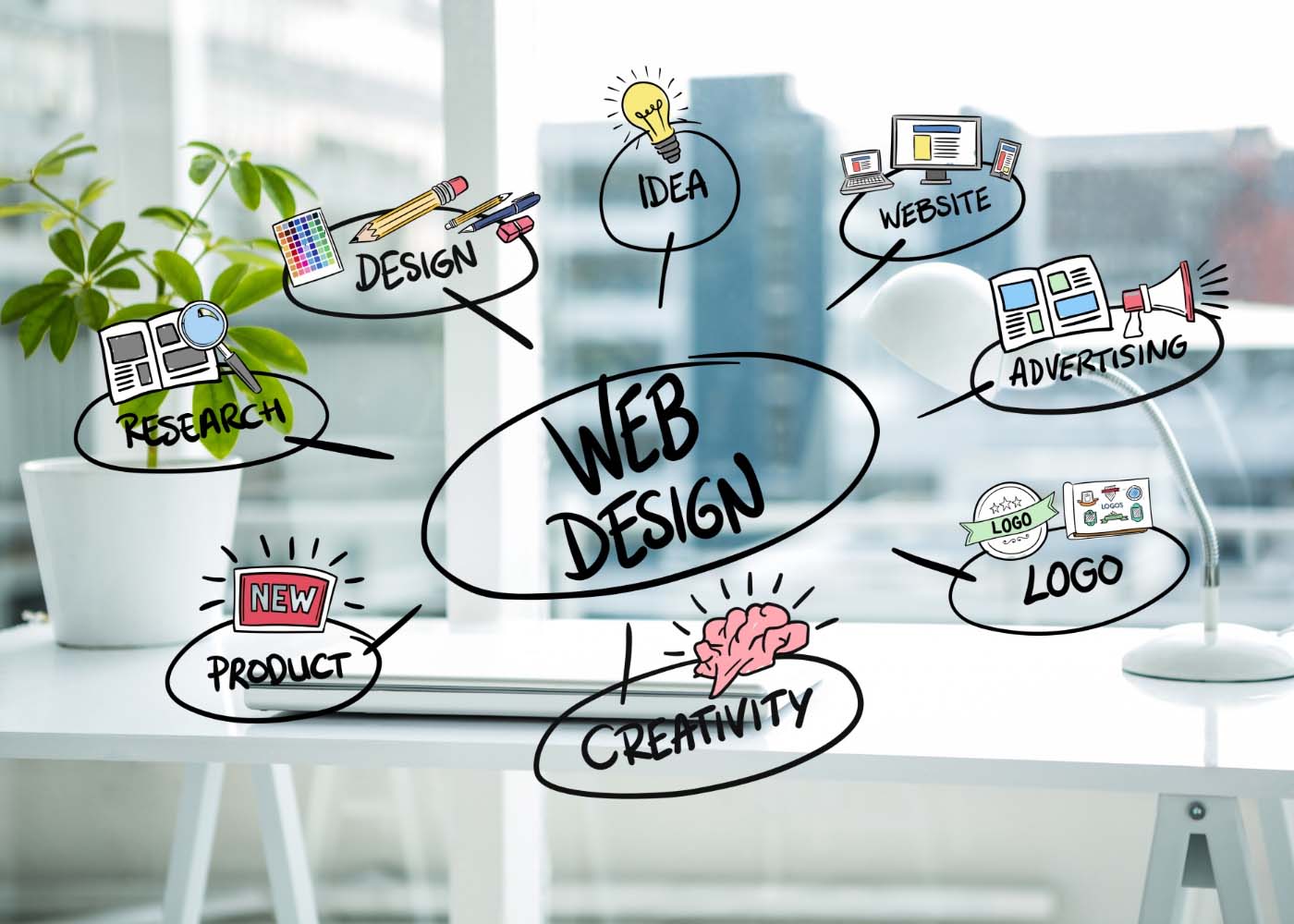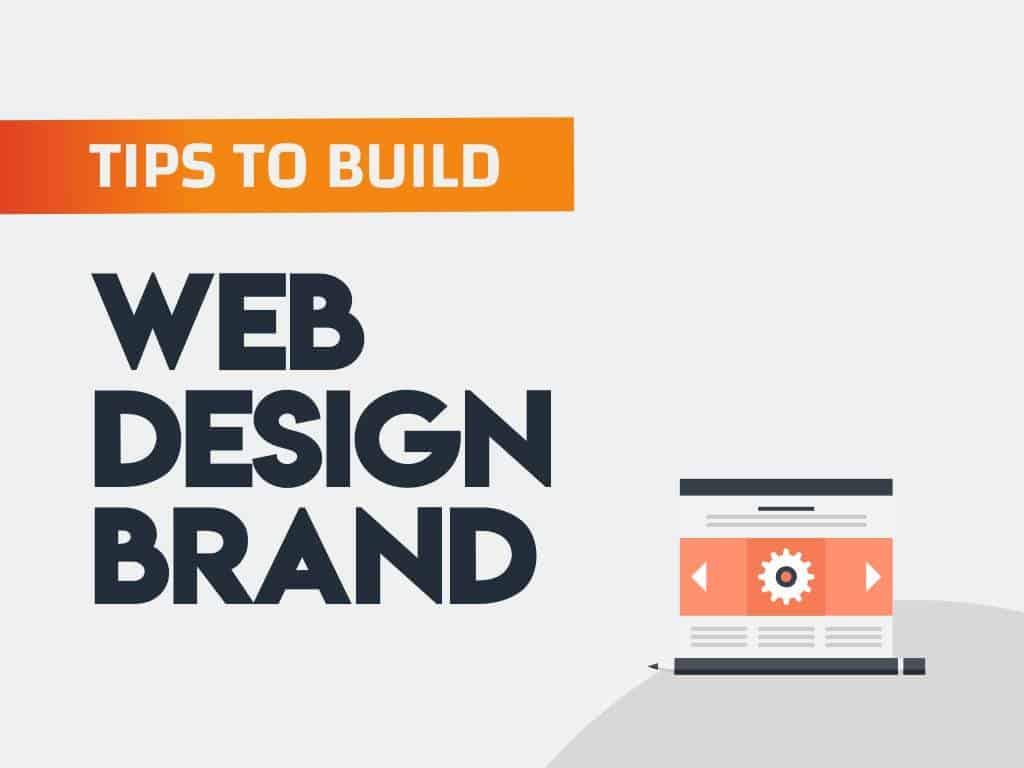Websites have undergone a dramatic evolution since their introduction in the early 1990s. From static sites with only basic content to dynamic, interactive web applications offering unprecedented user experiences, today’s websites are unrecognizable when compared to those from decades past. With this post, we will explore how websites have changed over time and how some of the more advanced features can be leveraged to benefit businesses and organizations alike. So if you’re interested in learning more about the history of website development or what sets modern web design apart from traditional ones, read on!
Origin of the World Wide Web
The World Wide Web has come a long way since its inception and today, it is a crucial part of our daily lives. Back in 1989, Tim Berners-Lee proposed the idea of a system of interlinked hypertext documents that could be accessed through the Internet. This idea evolved into the World Wide Web as we know it today. The first website went live in 1991, and from there, the web began to grow rapidly. By the late 1990s, it had become a global phenomenon, connecting people from different parts of the world in ways that were previously unimaginable. Today, the web is a vast network of information that has transformed how we learn, work, and communicate. It is, without a doubt, one of the most significant inventions of the 20th century.
What is a Static Website?
In the world of website development, static websites were once the norm. But what exactly is a static website? Simply put, a static website consists of web pages that have fixed content, meaning the information displayed remains the same regardless of who is accessing it. In the past, static websites were popular due to their ease of creation and maintenance. Unlike dynamic websites, there is no need for complex coding or server-side scripting, which makes it an ideal choice for smaller businesses or individuals who may not have the resources to create a more complicated website. However, with advancements in technology, the prevalence of dynamic websites has become more widespread, thus rendering static websites somewhat outdated.
Static HTML and CSS
The early years of web design were a fascinating time, in which designers had to constantly adapt to new technologies and workflows. One of the foundational technologies of this period was Static HTML and CSS. With HTML, designers could create the structure and layout of a webpage, while CSS allowed them to style and transform their creations. This combination gave rise to some truly groundbreaking designs that paved the way for modern web development. It’s easy to take for granted all of the functionality and interactivity that we have in web design today, but it all started in these early years. It truly was a time of experimentation, creativity, and innovation.
The Rise of Flash
The introduction of Flash brought a ripple effect in the world of website design. It was a game-changer that led to an unprecedented revolution in the realm of multimedia and interactivity. The software allowed designers and developers to create stunning visual effects, animations, and graphics that transformed static websites into dynamic, engaging, and interactive platforms. This newfound capability opened up opportunities for creating immersive user experiences that were previously unimaginable. The use of animations and graphics evolved the use of the website from merely displaying information to granting users a fully-fledged experience. As other web technologies, like HTML5 and JavaScript, would later emerge, Flash’s influence on website design can not be overstated. Its legacy still lingers in the digital world today.
The Emergence of JavaScript
The emergence of JavaScript, along with other front-end technologies, has revolutionized the way web designers approach their craft. With the ability to create dynamic, interactive experiences that were previously impossible, it’s no wonder that JavaScript has become the backbone of modern web design. As a result, designers are now able to build more immersive and engaging web experiences that capture the attention of users, increasing user engagement and satisfaction. These technologies also allow designers to customize websites for different devices and screen sizes, ensuring that the same experience is available to users on any device. The impact of these front-end technologies is undeniable, inspiring designers to push boundaries and create innovative designs that would have seemed impossible just a few years ago.
How Database-Driven Websites Transformed the Landscape
The introduction of database-driven websites had a significant impact on the web development game. Before this technology, web developers had limited options for storing and retrieving data, often resulting in static websites with limited functionality. Now, database-driven websites have become the norm due to the flexibility they offer. By utilizing databases to manage and update content, web developers can create dynamic websites with more complex features and greater interactivity. Additionally, this technology has made it easier to maintain websites, as changes to the database can be reflected across all pages in real time.
Responsive Web Design
With the rapid growth of mobile devices, it’s no surprise that responsive web design and mobile-first design are becoming more prevalent. Gone are the days when websites were only designed for desktop screens. Nowadays, websites need to be accessible and functional on a variety of devices, from smartphones to tablets. Responsive web design ensures that a website adjusts to different screen sizes, while mobile-first design focuses on designing for the smaller screens of mobile devices before scaling up. Both approaches prioritize the user experience, making it seamless and enjoyable. As the shift toward mobile usage continues, the responsive and mobile-first design will become even more crucial for a website’s success.
Where the Future of Web Development is Heading?
We cannot help but wonder where the future of web development is heading. With the advent of Artificial Intelligence and Machine Learning, the possibilities are endless. Websites that adapt to users based on their preferences, habits, and location are already being developed. We can expect to see more innovative and personalized web designs that cater to the users’ needs. With the rise of progressive web applications and the increasing popularity of the Internet of Things (IoT), the future of web development is geared toward creating seamless user experiences across different devices. We are on the brink of a new era in web development, one where websites will not only be visually appealing but will also be characterized by unparalleled functionality and accessibility.
Conclusion
Ultimately, we can see that web design has transformed drastically since its early years of largely static HTML pages. From the rise of Flash player to JavaScript basis frameworks like React JS and Angular JS, today’s modern web designer is faced with a plethora of creative options beyond what was imaginable 25 years ago. There is also a greater emphasis on developing websites that are mobile-friendly and eventually, provide support for voice-based user interfaces. Undoubtedly, the future of web development will bring about numerous innovations and new possibilities as technology continues to evolve. What remains certain, however, is that these challenges face us with great opportunities for exploration into a seemingly limitless field for creativity, problem-solving, and exploration. As web designers, our job has never been more exciting!










